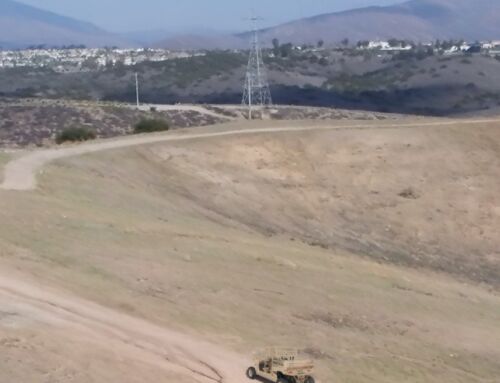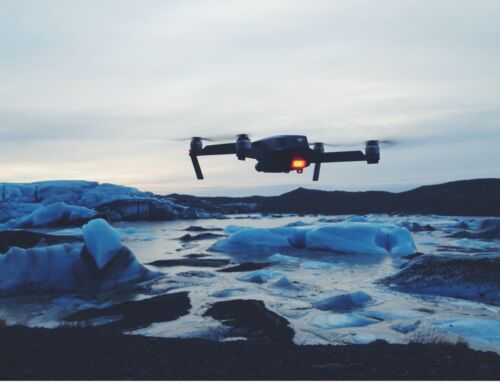Like much that has happened over the last year, the 2020 Tokyo Olympics have been different than what we are used to seeing. From being called the 2020 Olympics even though it’s 2021(it was too expensive to remake all that gear) to empty stands, and from the medals (made from recycled electronics) to astounding athletic performances, Tokyo 2020 stands out. Most amazing, though (maybe we’re biased), were the drones at the opening ceremonies.
Drones Steal the Show
Those who watched the opening ceremonies were treated to 1,824 Intel Shooting Star 3 drones making shapes and designs in the sky including the 2020 Olympics emblem and a rotating Earth. The show overall was meant to symbolize the global solidarity that the Olympic Games represent, but we want to zoom in and look at the drones themselves.
The Shooting Star 3 is light, weighing in at only 340 grams (less than three-quarters of a pound). Built with soft plastic and featuring encased propellers, these drones were designed specifically for entertainment purposes. Each drone is outfitted with four LEDs, and they use real-time kinematic GPS to increase their spatial accuracy.
Long-time Olympic Participants
While drone light shows at the Olympics are relatively new, drones have been associated with the Olympic Games since at least 2012—they helped provide protection at the London Olympics. Unmanned aircraft are not only useful during the games to provide security and entertainment—they are now used well before the games begin.
Surveyors and planners use drones to survey areas for sports infrastructure before the stadiums and halls are constructed. One thing that makes them particularly useful is that drones can fly both inside and outside sports venues during construction. In addition, broadcasters use camera-equipped drones to film the Games, while other drones help transmit internet signals in places where data communication is difficult, essentially serving as airborne WiFi hotspots.
Are Drone Shows the New Norm?
Many point to drone light shows as a great alternative to fireworks. Fireworks pose safety and pollution risks, and in areas where wildfires are prevalent can be especially worrisome. Governments in China and India have attempted to limit the number of fireworks used during public celebrations. Australia also considered replacing fireworks with drone shows in order to prevent bushfires.
While drones, and specifically drone light shows, have become more popular, it’s still an emerging technology. As such, the price tag remains quite high. An Intel drone light show starts at $99 thousand. Even a small show would not cost less than $25 thousand. Not only is it cost-prohibitive, but as an emerging technology, there aren’t a lot of people out there who know how to design and run such a show.
Another factor that could cause issues is how long the drone can stay aloft. Drone shows are limited in length due to limited battery power. A Shooting Star drone can stay airborne for, at most, 20 minutes. Most fireworks displays last less than that, but it is a constraint that must be considered.
Not for Every Drone
While the 2020 Tokyo Games featured an amazing drone light show, any other drones were banned from flying above any Olympic sites. This decision may have been prompted by the drone fiasco at Gatwick Airport near London. In late 2018, drone sightings at the airport resulted in several shutdowns, thousands of flights delayed or canceled, and more than 140,000 travelers impacted.
Japanese police planned counter-drone measures for the Olympic Games including drone detection equipment. They also equipped drones of their own with nets that can be used to capture unauthorized aircraft.
The Intel drone show at the 2020 Tokyo Olympics opening ceremonies did a great job of showing the world how impressive drones can be. Intel has done more than 600 drone light shows in 20 countries. This number is sure to grow, especially after such a successful global event like the Olympics.
While drone light shows likely won’t be taking the place of your local Fourth of July fireworks anytime soon, it will be interesting to watch them grow in popularity and capability. At less than a pound, these drones are definitely worth their weight in gold.
Photo source: Unsplash




